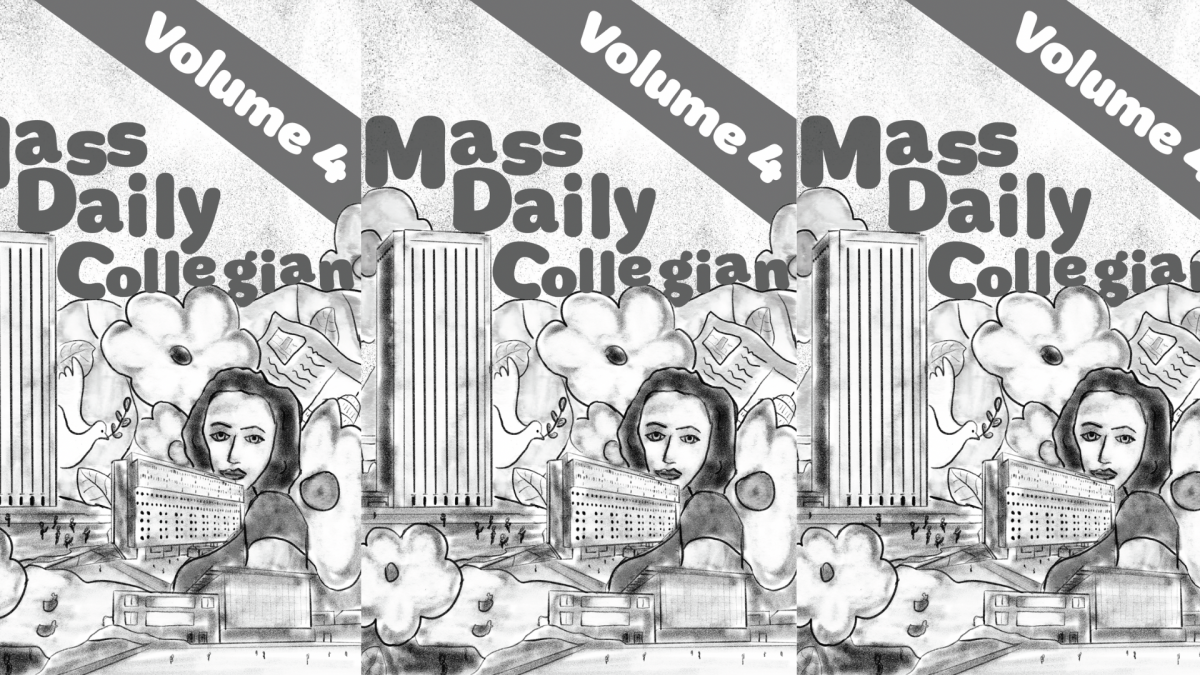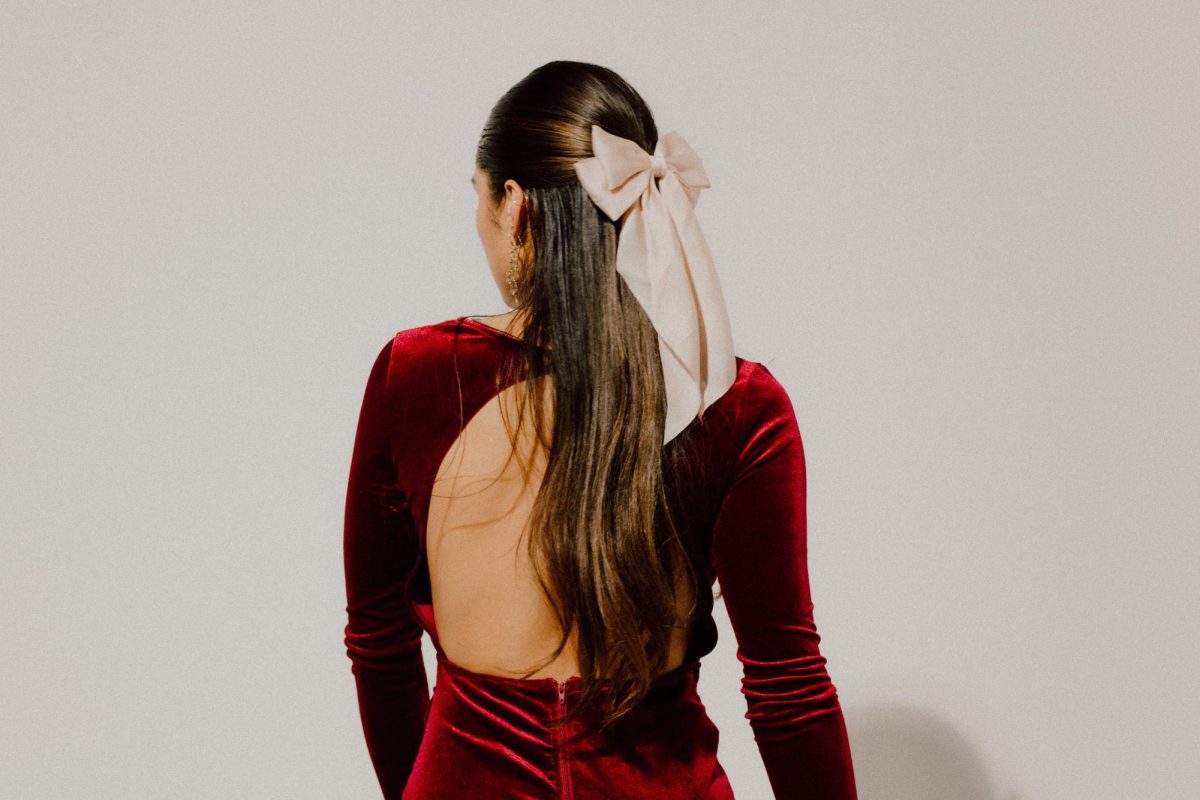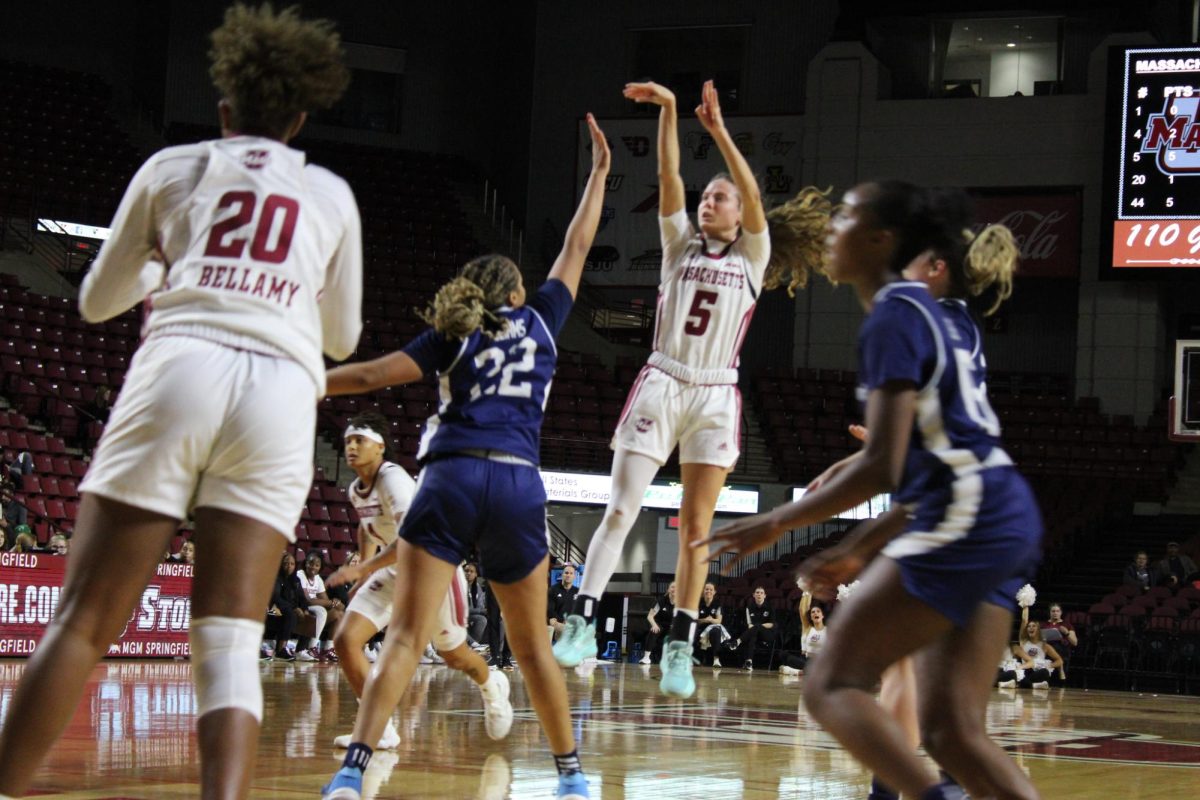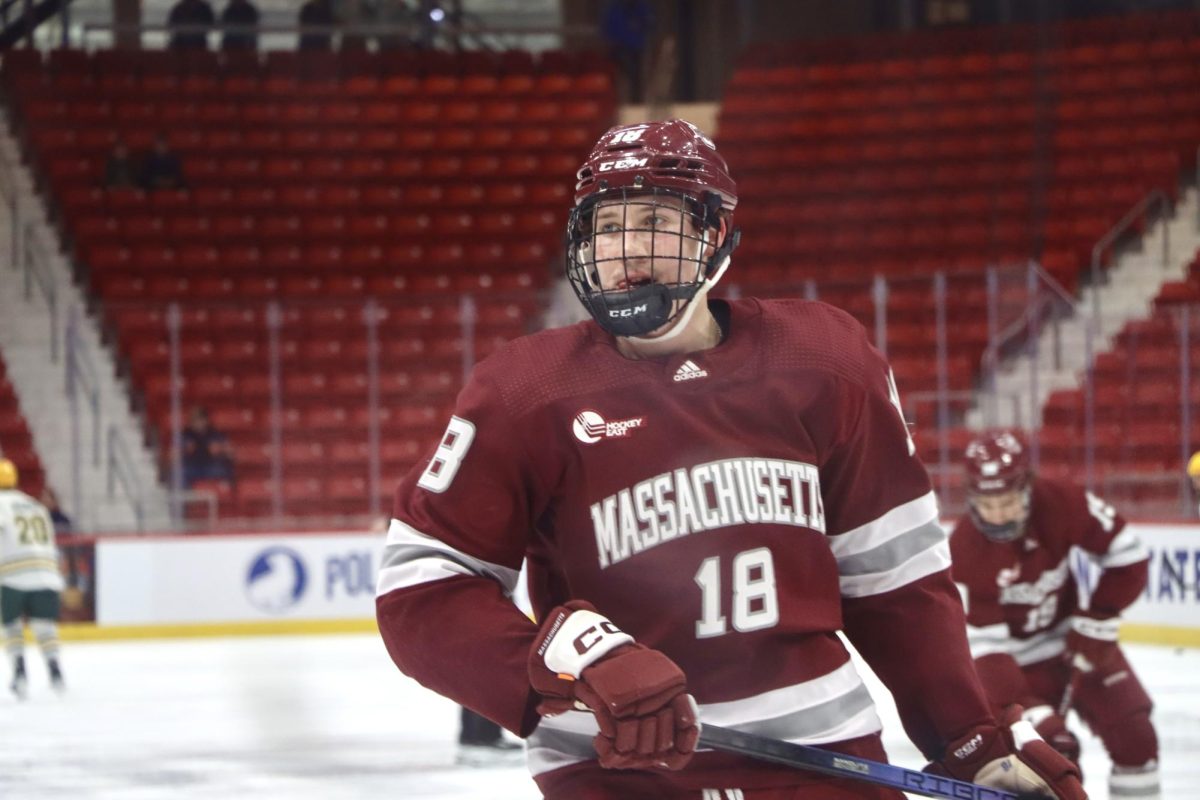Sofia Coppola’s newest film, “Priscilla,” released in late October with indie film studio A24, details the story of Priscilla Presley and her relationship with Elvis Presley. Priscilla Presley was an executive producer for the film as it was adapted from her book, “Elvis and Me.” With an 82 percent score on Rotten Tomatoes and over 12 million dollars made in the box office in just two weeks, “Priscilla” is the new movie to watch.
Coppola’s film explores the disturbing relationship between a 14-year-old Priscilla and a 24-year-old rockstar Elvis. Audiences follow Priscilla’s journey from their first time meeting each other, and through their tumultuous relationship until Priscilla eventually leaves Elvis. Cailee Spaeny, who plays Priscilla, greatly captures every stage of her life. Although Priscilla is the focus of the film, we don’t get a lot of background on her life before or after Elvis. As Priscilla evolves into a woman, and, as her hair grows bigger and bigger, the audience is still able to see just how young and childlike she is compared to the larger-than-life Elvis.
This film is the opposite of Baz Luhrmann’s 2022 Oscar-nominated film “Elvis,” which painted Elvis in a more favorable but fictionalized light. If you’re looking for a movie full of Elvis and his music, you will not find that in this film. Priscilla is the star of her own story.
The beginning of Elvis and Priscilla
As beautiful as this film is, there are plenty of moments that are cringeworthy and disturbing when you conceptualize just how young Priscilla is in this relationship. Several scenes show Elvis giving Priscilla his prescribed medications and several different drugs when she is still in high school. Elvis convinces Priscilla’s parents to let her visit him, and eventually move to Graceland with him where he will be her main “chaperone”; Priscilla is not even a legal adult before she moves in with Elvis. Elvis does not allow her to have a job or have friends over, even when he is away and expects her to wait by the phone day after day waiting for his call.
The movie pacing while Priscilla is alone at Graceland is a bit slow, but considering nothing is going on in her life, the pacing reinstates the point of loneliness and slowness that encompasses Priscilla’s life. One scene that is wonderfully done is when Priscilla finds a letter in Elvis’s jacket from a girlfriend named “Scoobie.” She confronts him about it, and he loses control: Elvis screams at her and packs a bag to send her back to her parents. This scene highlights just how young Priscilla is, as she breaks down crying on the floor like a child.
Several scenes are centered around the introduction to physical abuse in this relationship that grow more and more extreme with each situation. Even when the couple is seemingly doing well, there is an underlying tension created masterfully by Coppola, detailing Elvis’s distasteful character. There is no shying away from any aspect of the couple’s relationship, especially when it comes to the immense pain Elvis caused Priscilla.
The rose-colored glasses fade
While this film once begins as a dream to Elvis-fan Priscilla, it slowly turns into a nightmare. The abuse depicted in the film is incredibly hard to watch, from the start when Elvis
begins grooming high school freshman Priscilla, to when Elvis becomes physically and emotionally abusive towards her: Priscilla stands by him because he is all she knows.
Eventually, Priscilla finds the courage to leave Elvis. As soon as she leaves him in his hotel room in Vegas and drives away, the film ends. As a viewer, I wished the movie could have continued and shown Priscilla’s life after Elvis, but the film stayed true to how the book was written. Despite the abrupt ending, there was still a sense of completeness as Priscilla forged her independence and created her own life for herself and her child.
“Priscilla” marks a signature Coppola film, filled with dialogue, slower pacing, beautiful cinematography and a lens into girlhood. Coppola captures the pain of womanhood in a subtle and melancholy way, and when paired with her stylistic film choices, creates an impactful piece of viewable art.
Olivia Baier can be reached at [email protected].



















